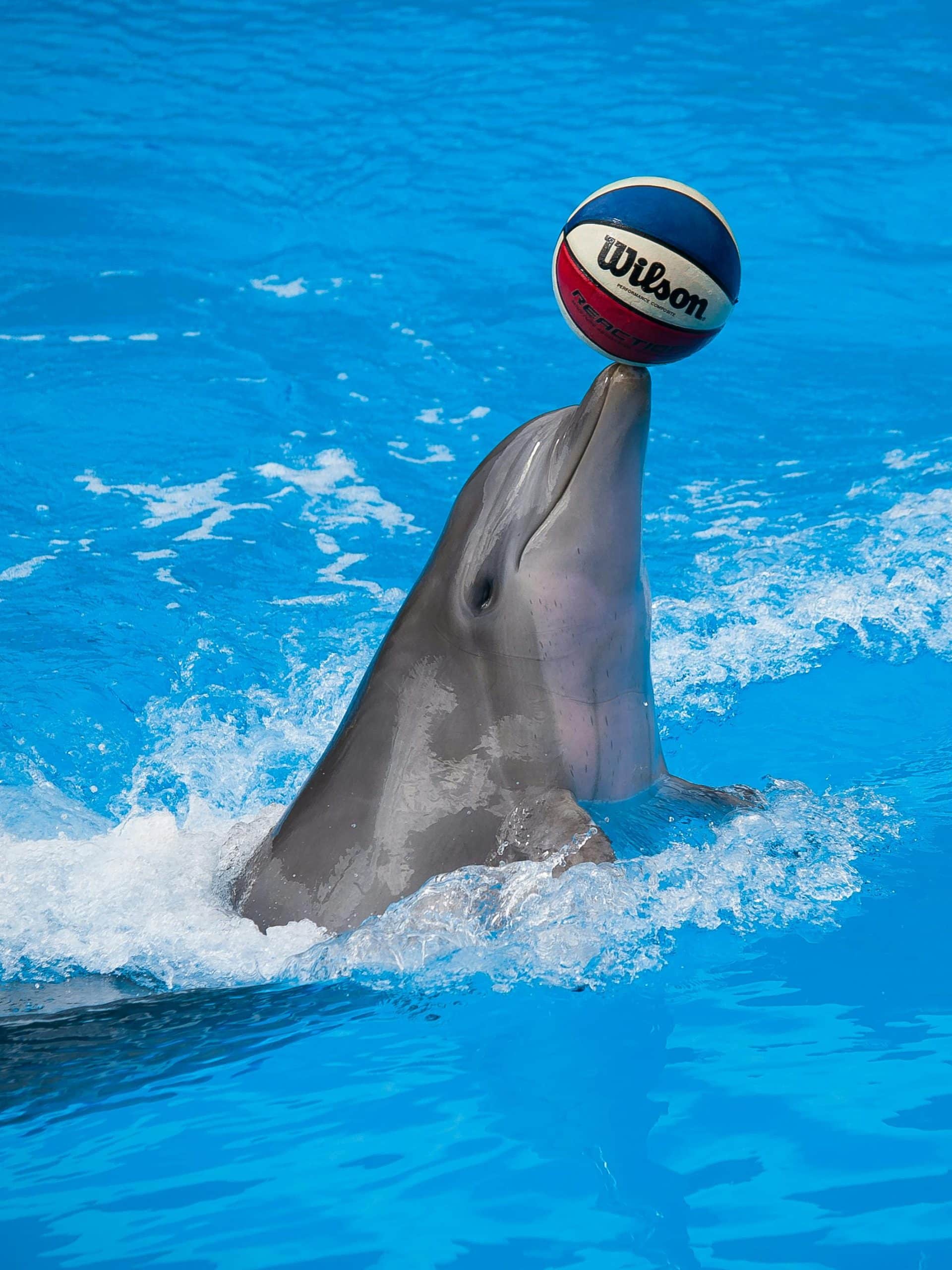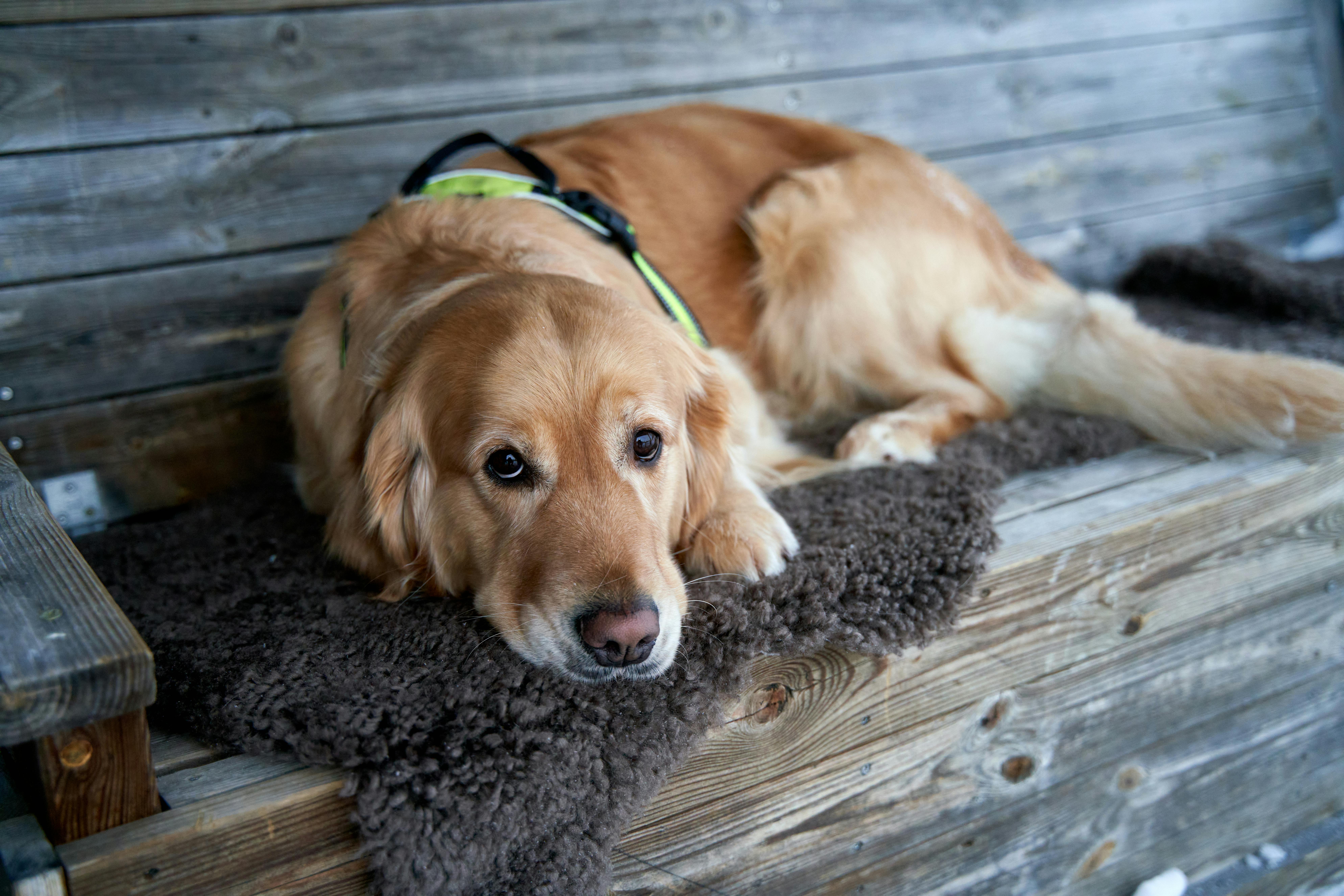Are you tired of your dog constantly dragging you on walks? If so, you're not alone. Many dog owners struggle with teaching their furry companions to stop pulling on the leash. Luckily, there are some tried and true methods that can help transform those walks from a tug-of-war to an enjoyable experience for both you and your pup. In this article, we will explore the best practices for training dogs to stop pulling on the leash, providing you with valuable tips and techniques to make your walks a breeze. So, grab your dog's leash and get ready to embark on a path towards leash-walking success!

This image is property of images.pexels.com.
Understanding Why Dogs Pull on the Leash
The instinct to explore
Dogs have a natural instinct to explore their surroundings. When they are out for a walk, they are eager to sniff, investigate, and experience the world around them. This instinct can lead to pulling on the leash as they try to reach interesting smells or objects.
The desire to reach a destination
Dogs are goal-oriented creatures and may have a specific destination in mind during their walks. They may pull on the leash to hurry towards that destination, whether it's a favorite park or the home of a furry friend.
Lack of leash training
Pulling on the leash can also be a result of inadequate leash training. If a dog has not been properly taught how to walk on a leash, they may resort to pulling as their default behavior.
Misalignment between the owner's pace and the dog's
Every dog has their own walking pace, and it may not always align with the pace at which their owner walks. Dogs may pull on the leash to try to keep up or to slow down the pace. Understanding and addressing this misalignment can help reduce leash pulling.
Preventing Leash Pulling through Proper Equipment
Choosing the right equipment
Selecting the right equipment is crucial when it comes to preventing leash pulling. A well-fitted collar or harness that is comfortable for your dog is essential. It should provide control without causing discomfort or injury.
Using a front-clip harness
A front-clip harness can be an effective tool to discourage leash pulling. This type of harness has a front attachment point that redirects the dog's forward momentum when they try to pull. It allows for better control and encourages the dog to walk beside you.
Utilizing a head halter
A head halter, like a Gentle Leader or Halti, can be an excellent choice for dogs that are strong pullers. It fits over the dog's nose, giving you control over their head and helping to redirect their attention. When used correctly, a head halter can greatly reduce pulling behavior.
Considering a no-pull collar
No-pull collars, such as martingale collars or anti-pull harnesses, can also be effective in preventing leash pulling. These collars are designed to tighten slightly when the dog pulls, giving them the sensation of pressure around their neck or chest. This gentle pressure can deter pulling and encourage them to walk calmly.
Establishing a Foundation of Basic Obedience
Teaching the 'heel' command
One of the key commands for preventing leash pulling is the 'heel' command. Teaching your dog to walk beside you on a loose leash with their shoulder even with your leg can be achieved through positive reinforcement training. Use treats, praise, and rewards to encourage them to stay by your side.
Training 'sit' and 'stay' commands
Along with the 'heel' command, teaching your dog basic obedience commands like 'sit' and 'stay' can also help prevent leash pulling. These commands provide structure and teach them impulse control, helping them understand that walking calmly on a loose leash is the desired behavior.
Using positive reinforcement techniques
Positive reinforcement is a highly effective training approach. Rewarding your dog with treats, praise, or playtime whenever they exhibit desired behavior, such as walking calmly on a loose leash, can help reinforce and strengthen the behavior.
Consistency in training
Consistency is key when training a dog to stop pulling on the leash. Make sure everyone involved in the dog's care and walks follows the same training techniques and rules. Consistent expectations and rewards will help the dog understand what is expected of them and ensure progress in their leash walking skills.
Building Leash Walking Skills Gradually
Start indoors or in a quiet area
When training a dog to stop pulling on the leash, it is best to start in a controlled and quiet environment, such as indoors or in a fenced yard. This allows you to focus on teaching the dog the proper behavior without the distractions of the outside world.
Impulse control exercises
Including impulse control exercises in your training routine can be beneficial for preventing leash pulling. Teach your dog to wait patiently at doors, for example, before going outside. This helps reinforce the concept that they must wait for permission before moving forward.
Introducing distractions gradually
As your dog becomes more comfortable with loose leash walking in a quiet environment, start gradually introducing distractions. This could be other animals, people, or even more challenging outdoor environments. Increase the difficulty level slowly to reinforce the desired behavior in more real-life situations.
Gradually increasing difficulty and distance
Once your dog has mastered loose leash walking in various environments with distractions, start gradually increasing the difficulty and distance of your walks. This progressive approach allows your dog to build their leash walking skills at a pace they can handle, reducing the likelihood of pulling behavior.

This image is property of images.pexels.com.
Implementing Effective Leash Techniques
The power of redirection
Instead of offering resistance when your dog pulls on the leash, practice the technique of redirection. When you feel tension on the leash, immediately change direction and walk in the opposite direction, encouraging your dog to follow. This not only interrupts the pulling behavior but also encourages your dog to pay attention to your movements.
Using short and frequent walks
Taking short walks throughout the day can be more effective than long walks in preventing leash pulling. Frequent walks give your dog the opportunity to practice walking on a loose leash and reinforce the desired behavior. It also helps prevent them from becoming too excited or bored, which can contribute to leash pulling.
Changing directions
Another effective technique for discouraging leash pulling is to change directions frequently during your walks. By randomly switching directions, your dog must pay attention to you and stay focused. This keeps them engaged and helps prevent excess pulling.
Rewarding loose-leash walking
Rewarding your dog for walking on a loose leash is essential for reinforcing the desired behavior. Whenever your dog walks calmly beside you without pulling, offer them verbal praise, treats, or a favorite toy. This positive reinforcement helps your dog understand that loose-leash walking is rewarding and encourages them to continue behaving well.
Addressing Leash Pulling Behavior
Avoiding punishment-based methods
It is important to avoid punishment-based methods when addressing leash pulling behavior. Punishment can create fear and anxiety in dogs, leading to more behavioral issues. Instead, focus on positive reinforcement techniques that highlight and reward the desired behavior.
Positive reinforcement for desired behavior
Positive reinforcement, such as treats, praise, and rewards, is a powerful tool for addressing leash pulling behavior. By rewarding your dog whenever they exhibit good leash manners, you are reinforcing the idea that behavior is valued and encouraging them to continue behaving appropriately.
Managing the environment
To address leash pulling behavior effectively, it is crucial to manage the environment and limit potential triggers. Avoid situations where your dog is likely to pull excessively, such as crowded areas or areas with a high concentration of distractions. Gradually expose your dog to these environments once they have gained more control over their impulsivity.
Correcting pulling with gentle techniques
When your dog does pull on the leash, it is important to correct them using gentle techniques that do not harm or scare them. Stop walking, wait for your dog to relax the tension on the leash, and then resume walking. Consistency and patience are key in teaching your dog that pulling will not get them to their desired destination.

This image is property of images.pexels.com.
Utilizing Distraction Techniques
Using toys or treats as distractions
To divert your dog's attention from pulling on the leash, use toys or treats as distractions. Show them a toy or treat when they start to pull, redirecting their focus and rewarding them for not pulling.
Engaging in interactive play
Engaging your dog in interactive play before a walk can help burn off excess energy and reduce their inclination to pull on the leash. This can include playing fetch, tug-of-war, or any other activities that stimulate them physically and mentally.
Training 'leave it' command
Teaching your dog the 'leave it' command can be useful for preventing them from becoming fixated on objects or smells during a walk. By using this command, you can redirect their attention and prevent them from pulling to investigate something that could potentially be unsafe.
Working on focus exercises
Training your dog to focus on you can help reduce their tendency to pull on the leash. Practice eye contact exercises and reward your dog for paying attention to you during walks. This will help their focus stay on you rather than being pulled away by distractions.
Seeking Professional Guidance
Consulting a professional dog trainer
If you are struggling to address your dog's leash pulling behavior on your own, considering consulting a professional dog trainer. A trainer can assess the specific needs of your dog and provide personalized guidance and training techniques to address the issue effectively.
Joining obedience classes
Enrolling your dog in obedience classes can be a beneficial step in preventing leash pulling. These classes offer structured training in a controlled environment and provide opportunities for socialization. Trainers can guide you through proper leash handling techniques and tailor training exercises to address leash pulling behavior.
Getting personalized advice and guidance
Each dog is unique, and some may require personalized advice and guidance to overcome leash pulling habits. Consultation with a dog behaviorist or an experienced trainer can provide you with specialized recommendations and techniques based on your dog's temperament and behavior.
Understanding when professional help is needed
Recognizing when professional help is needed is essential for the well-being of your dog and your own peace of mind. If your efforts to address leash pulling behavior are not yielding results or if the behavior becomes more severe, seeking professional help can ensure that you are using the most effective and humane methods to correct the issue.
Consistency and Patience in Training
Setting realistic expectations
When training your dog to stop pulling on the leash, it is crucial to set realistic expectations. Understand that behavior change takes time, and progress may be gradual. By setting achievable goals and celebrating small victories, you and your dog will stay motivated throughout the training process.
Consistently reinforcing training
Consistency is key in reinforcing the desired behavior. Practice training techniques during every walk, ensuring that you provide rewards and praise for good leash manners. By being consistent in your training approach and always reinforcing positive behavior, you will gradually see improvements.
Practicing patience and perseverance
Training your dog to stop pulling on the leash can be a challenging process. It requires patience and perseverance on your part. Understand that there will be setbacks and moments of frustration, but stay committed to the training process. With time and consistency, your efforts will pay off.
Celebrating small victories
Every small step in the right direction should be celebrated. Acknowledge and reward your dog's progress, no matter how minor it may seem. By celebrating these small victories, you create positive associations with leash walking and motivate your dog to continue behaving well.
Ensuring Safety during Walks
Using proper leash length
Using the correct leash length is essential for both your dog's safety and your control. A leash that is too long may increase the likelihood of tangling or entanglement, while a leash that is too short can limit your dog's freedom of movement. Ensure that the leash is long enough to allow your dog to walk comfortably and explore while maintaining your ability to control their movements.
Avoiding potential hazards
Always be aware of potential hazards during walks to ensure the safety of your dog. This includes keeping an eye out for toxic plants, dangerous wildlife, or any signs of aggression from other dogs. Avoid busy roads or areas with heavy traffic to reduce the risk of accidents.
Considering the dog's physical limitations
Take into account your dog's physical limitations when planning walks. Dogs with joint issues or older dogs may not be able to walk long distances or handle more challenging terrains. Adjust the duration and intensity of your walks accordingly, ensuring that your dog can safely enjoy their time outside without causing harm.
Being aware of surroundings
Maintain situational awareness during walks to anticipate and avoid any potential conflicts or hazards. Stay attentive to your surroundings, including other dogs, cyclists, or unexpected noises that may startle your dog. Being aware and proactive can help prevent leash pulling and keep both you and your dog safe.
By understanding the reasons why dogs pull on the leash, utilizing proper equipment, and engaging in consistent training, you can effectively prevent and address leash pulling behavior. Distraction techniques and seeking professional guidance when needed can further enhance your efforts. Remember to be patient, celebrate small victories, and prioritize safety during walks to ensure a pleasant and enjoyable experience for both you and your furry companion.


